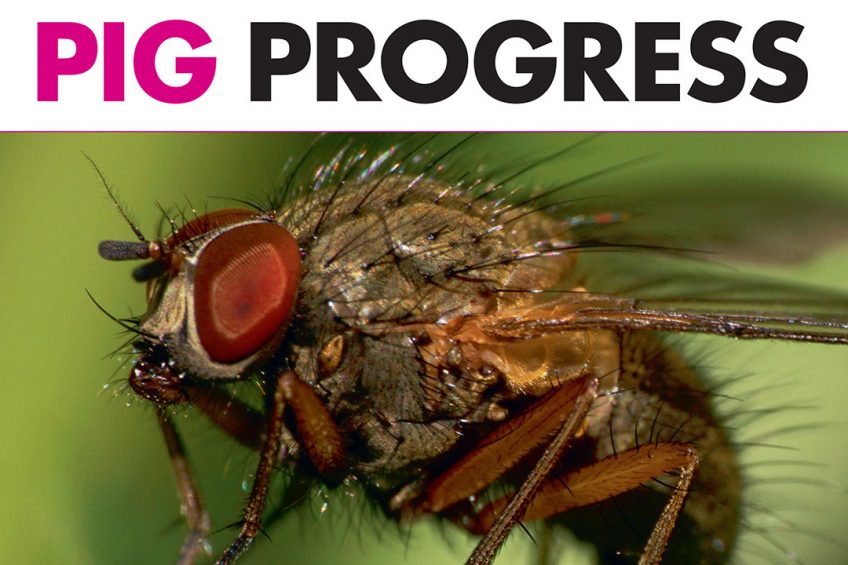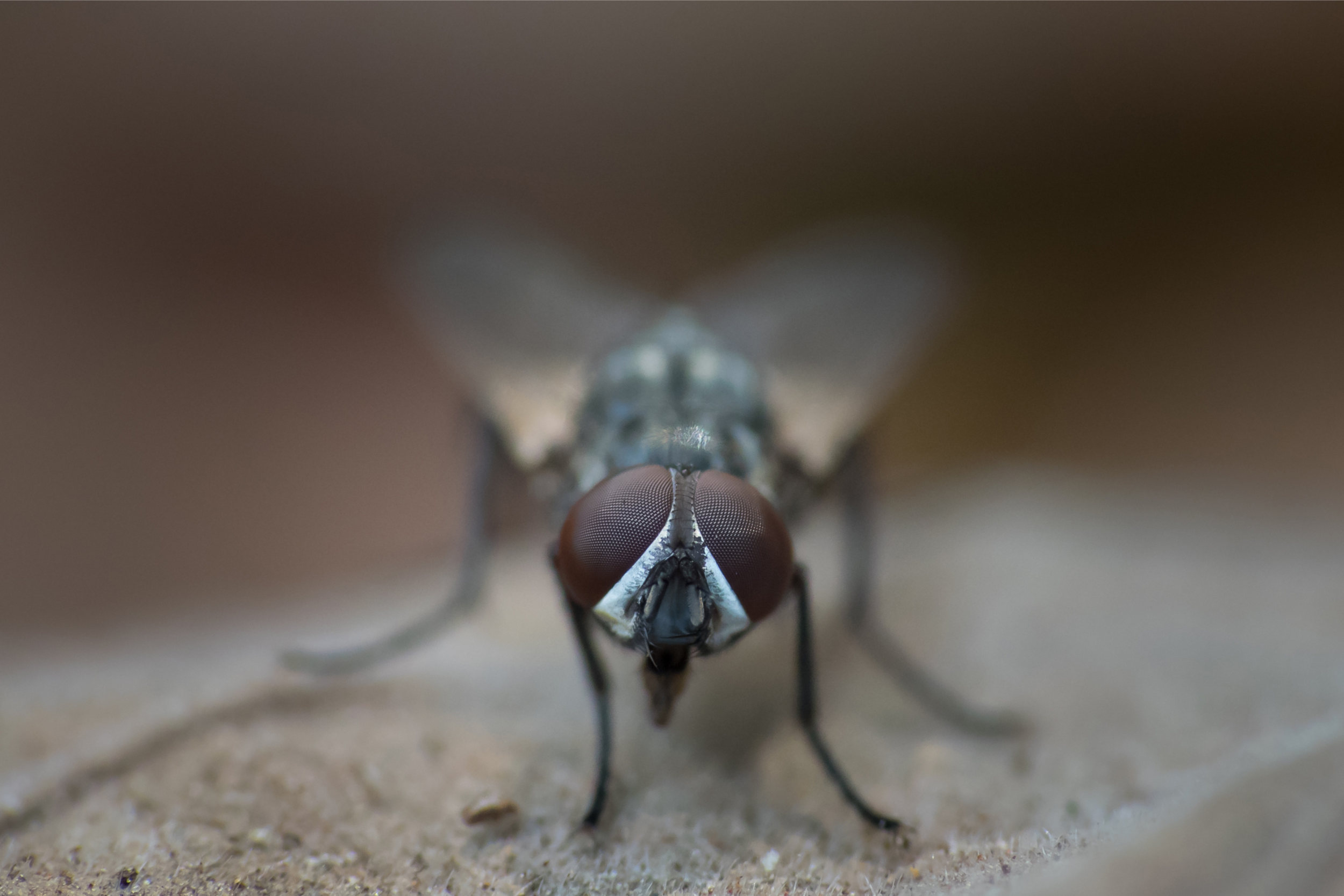Pig Progress 6: Manure, methionine and mechanical vectors

Sows and housing – those topics are the key in the 6th edition of Pig Progress in 2019, which is now available to be read digitally. The issue has a focus on sows and housing – with special attention for manure.
The world of housing and manure management come together in a very interesting feature by colleague Kees van Dooren. He travelled to France to learn about a novel initiative by cooperative Cooperl. Basically it comes down to separating manure at the source – at farm level – and immediately process these ingredients for further use in new factories. More about this innovative approach can be found in a highly interesting feature on pages 20-23.
Triple-action sow vaccine
Sows do receive a great deal of attention in this issue of Pig Progress. How about MSD’s new triple vaccine that helps to improve sow welfare? Pig Progress spoke to the company’s global head of swine biologics R&D, Ruud Segers, to find out all about the background of the vaccine, page 16.
Supplementing sow nutrition with certain feed additives consisting of tumeric and chilli pepper oleoresins was also observed to have positive effects on colostrum quality. Authors Jennifer Maurin and Sigfrid López of Pancosma explain on pages 29-31.

Genetics and repopulation after ASF in China
At the basis of good sow management, however, is the choice of the type of genetics. Believe it or not, that is an important question now in China, where herds need replacement due to African Swine Fever. Editor Rosie Burgin attended the 1st edition of the Global Pig Genetics Summit (GPGS) in Wuhan, China, where all major breeders were present. See page 12-13.

More reviews in this edition, as Rosie Burgin also looked back to the China Animal Husbandry Expo (CAHE) in Wuhan, China, page 11.
ESPHM: Focus on ASF in Europe
Pig Progress also attended the European Symposium for Pig Health Management (ESPHM) in Utrecht, the Netherlands, where obviously there was a lot of attention for the consequences of ASF in Europe. What did Dr Philippe Houdart, of the Belgian Federal Agency for the Safety of the Food Chain (FASFC) and Dr Andrea Gavinelli of the DG-Sante (European Commission) share with the audience? Read it on pages 14-15.
Talking about African Swine Fever, it is good to stand still by a recent Danish finding – that flies can be a ‘mechanical vector’ for the virus’ spread. Correspondent Anja Pernille Jacobsen explains all about it in a very interesting update, to be found on pages 6-8.

Ascophyllum nodosum is also known as sea weed and it has some great benefits in terms of pig well-being, immunostimulation and fertility. Dr Paolo Manzotti of Prodotti Arca reports about these effects on pages 24-25.
No source of methionine is the same
And that no source of methionine is the same becomes clear in an interesting contribution by Dr John Htoo of Evonik, Germany. Feed grade L-methionine, he writes, has the same bioavailability than DL-methionine, which is considered the standard up to now. Pages 26-27

Columnist John Gadd, to close off, zooms in on ventilation rules for pig houses and sums up 7 ‘rules’, page 11. In addition, on page 34, Dr Casey Bradley wonders delves into the topic of formaldehyde in pig feed in the context of feed mitigation.











